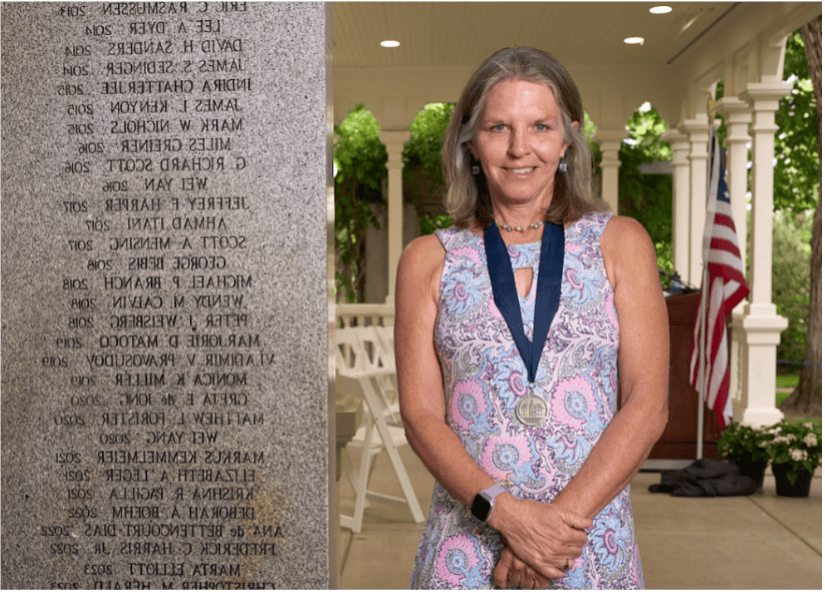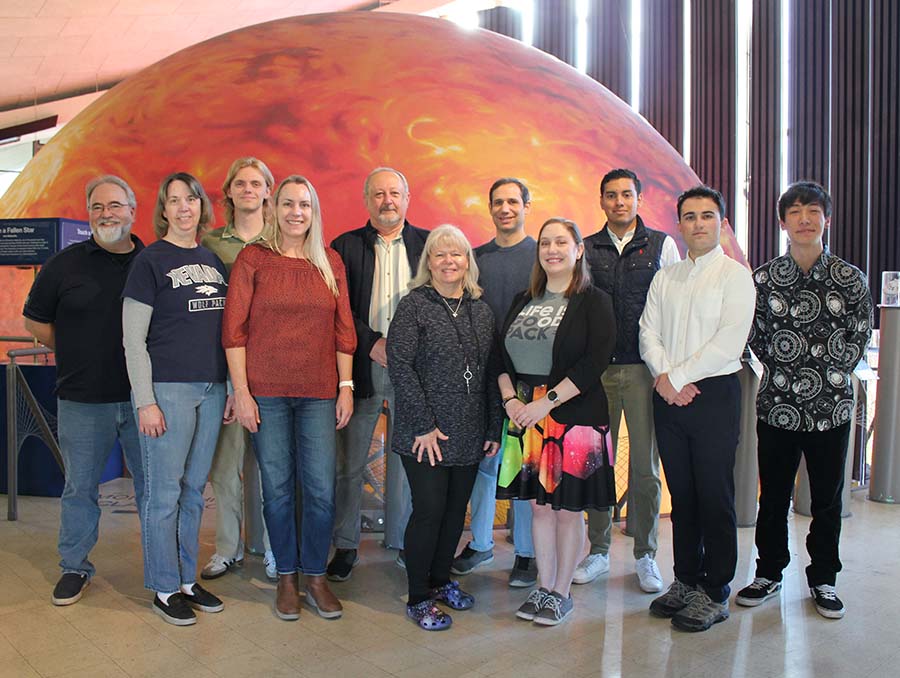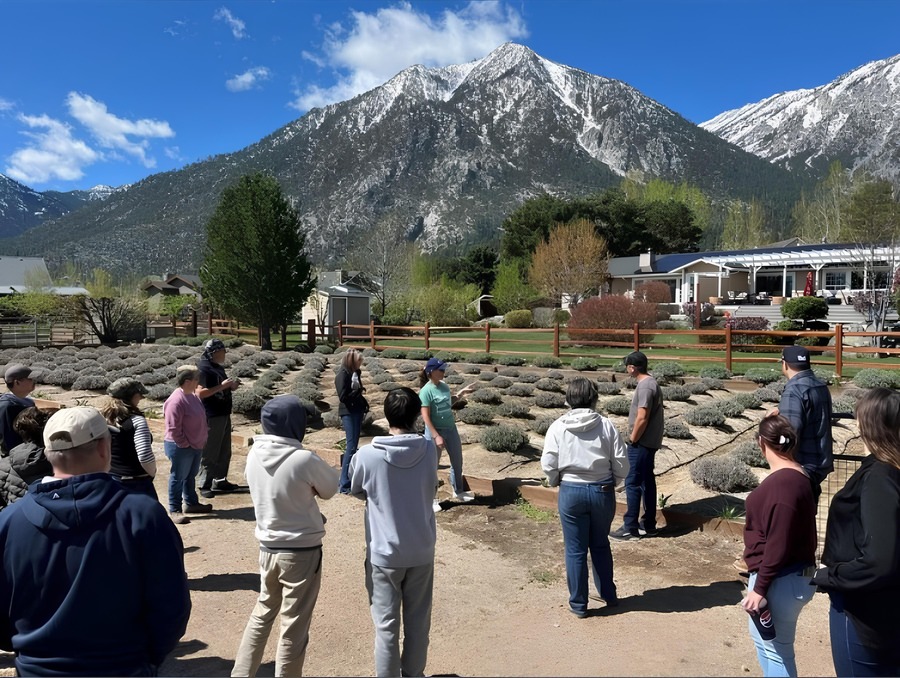A team of University researchers have strayed from the lab to the boardroom in an effort to build a business based on discoveries from years of research studying insect enzymes.
The work of Claus Tittiger, professor of biochemistry, and post-doctoral researcher Rubi Figueroa-Teran was accepted into a highly competitive and intense National Science Foundation business-validation program, known as Innovation Corps or I-Corps. Three months later and with the support of the University's Technology Transfer Office programs, they have now created a business and are bringing to market a product based on their enzymes.
Plans are underway to put the technological processes into mass production with the launch of a specialized chemical production company, EscaZyme Biochemicals.
The enzymes, discovered in bark beetles from trees in the Lake Tahoe area, have the potential to be used for a wide range of products such as bug traps and pesticides, perfumes, flavorings, cleaning products or even with drugs for chemotherapy and bacterial infection. After a roller-coaster ride of possibilities and contacting companies in a number of industries, the team settled on the pesticide and insect attractant application as the starting place for the business venture.
The team then expanded, getting a CEO on board, Jennifer Ott, who has a chemistry degree and is completing her MBA at the University this year. Her first order of business was turning EscaZyme Biochemicals into a Nevada limited liability company. She has just met with their first potential client, a chemical company that produces traps and lures for bark beetles, a tiny insect that can decimate a forest in just a few years.
"Our customers are governments, ranchers, timber companies, ski resorts, anyone who is interested in forest health and management," Ott said. "The company we're visiting is interested because our process produces very easily the compounds they need; a process that is usually time consuming and can be hazardous."
EscaZyme's biotechnological approach to synthesizing these value-added compounds is estimated to be more economical than current methods and therefore will be of commercial interest. The process has been 12 years in the works through Tittiger's collaboration with Gary Blomquist, also a professor in the Department of Biochemistry and Molecular Biology in the College of Agriculture, Biotechnology and Natural Resources at the University. They pioneered the combined use of functional genomics and enzyme assays to identify enzymes involved in bark beetle pheromone biosynthesis.
"When I started research on the bark beetle, starting a business was the furthest thing from my mind," said Tittiger. "It's great to be able to take the research to the next level, to make this technology available to industry where it can do some good."
The University's manager of industry partnerships, Dan Langford, supported the project as a team member in the NSF program that helps scientists translate technologies into products to benefit the economy and society. A $50,000 grant from the NSF allowed the team to advance the development of their technology to commercialization. Langford said the NSF program, coupled with the Tech Transfer programs, kept the project on the right course.
"NSF's I-Corps validated our directions, and we learned useful methods for evaluating technologies and how to make it successful," Langford said. "It showed us how it would have been easy to waste a year of effort following the wrong leads and that not every technology is a whiz-bang product that saves the world."
Figueroa-Teran, the technical lead and entrepreneurial champion of the project, said the Technology Transfer Office was an unexpected and valuable asset.
"Our involvement with the TTO's strategic research program really helped us," she said. "Things like putting the numbers together, the cost of producing compounds and realizing what was really important if you were thinking about commercializing a product. We've learned a lot.
"The most important thing I learned was that we need to do experiments looking at our research in a commercial way, and not just because it's fun. We need to look at it partially in terms of future funding opportunities but also, significantly working with industry to produce something of greater impact for humanity."
"It's gratifying to see basic research evolve into commercial ventures," Ron Pardini, dean of the College of Agriculture, Biotechnology and Natural Resources, said. "Diversifying the economy in Nevada is important, and this is one way the University can contribute. This project is a prime example of economic development: University research, industry outreach and collaboration and building the workforce. EscaZyme has a lot of potential."











